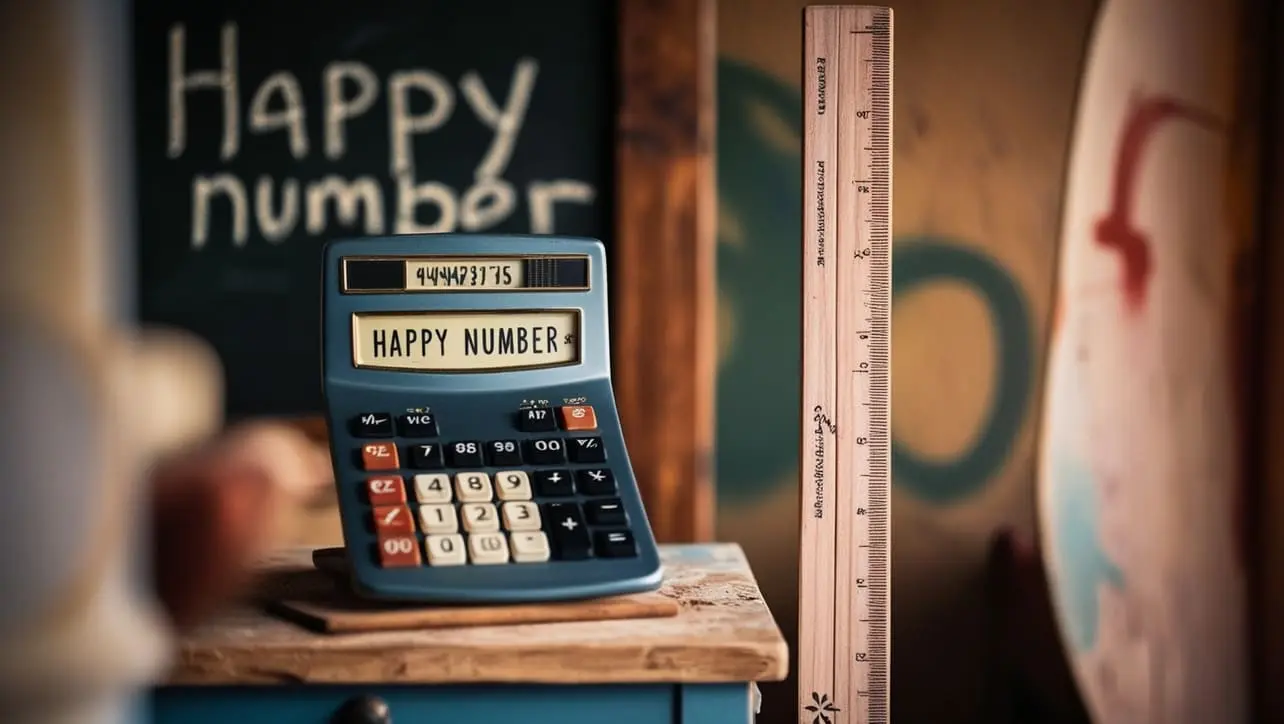
Java Topics
- Java Intro
- Java String Methods
- Java Interview Programs
- Abundant Number
- Amicable Number
- Armstrong Number
- Average of N Numbers
- Automorphic Number
- Biggest of three numbers
- Binary to Decimal
- Common Divisors
- Composite Number
- Condense a Number
- Cube Number
- Decimal to Binary
- Decimal to Octal
- Disarium Number
- Even Number
- Evil Number
- Factorial of a Number
- Fibonacci Series
- GCD
- Happy Number
- Harshad Number
- LCM
- Leap Year
- Magic Number
- Matrix Addition
- Matrix Division
- Matrix Multiplication
- Matrix Subtraction
- Matrix Transpose
- Maximum Value of an Array
- Minimum Value of an Array
- Multiplication Table
- Natural Number
- Number Combination
- Odd Number
- Palindrome Number
- Pascal’s Triangle
- Perfect Number
- Perfect Square
- Power of 2
- Power of 3
- Pronic Number
- Prime Factor
- Prime Number
- Smith Number
- Strong Number
- Sum of Array
- Sum of Digits
- Swap Two Numbers
- Triangular Number
- Java Star Pattern
- Java Number Pattern
- Java Alphabet Pattern
Java Program to Check Happy Number

Photo Credit to CodeToFun
🙋 Introduction
In the domain of programming, certain mathematical properties and patterns are often explored. One such interesting concept is the notion of "happy numbers."
In this tutorial, we will delve into a Java program designed to determine whether a given number is a happy number.
📄 Example
Let's take a look at the Java code that checks whether a given number is a happy number or not.
public class HappyNumberChecker {
// Function to calculate the sum of squares of digits
static int sumOfSquares(int n) {
int sum = 0;
while (n > 0) {
int digit = n % 10;
sum += digit * digit;
n /= 10;
}
return sum;
}
// Function to check if a number is a happy number
static boolean isHappyNumber(int n) {
int slow = n, fast = n;
do {
slow = sumOfSquares(slow);
fast = sumOfSquares(sumOfSquares(fast));
} while (slow != fast);
return (slow == 1);
}
// Driver program
public static void main(String[] args) {
// Replace this value with your desired number
int number = 19;
// Check if the number is a happy number
if (isHappyNumber(number)) {
System.out.println(number + " is a Happy Number.");
} else {
System.out.println(number + " is not a Happy Number.");
}
}
}💻 Testing the Program
To test the program with a different number, replace the value of number in the main method.
19 is a Happy Number.
Compile and run the program to check if the number is a happy number.
🧠 How the Program Works
- The program defines a class HappyNumberChecker containing a static method sumOfSquares to calculate the sum of the squares of digits.
- It also defines a static method isHappyNumber that checks whether a given number is a happy number using Floyd's cycle detection algorithm.
- The main method tests the program with a sample number (in this case, 19).
📏 Between the Given Range
Let's take a look at the java code that checks for Happy Numbers in the specified range.
public class HappyNumberChecker {
// Function to check if a number is happy
static boolean isHappy(int n) {
while (n != 1 && n != 4) {
int sum = 0;
while (n > 0) {
int digit = n % 10;
sum += digit * digit;
n /= 10;
}
n = sum;
}
return n == 1;
}
// Driver program
public static void main(String[] args) {
// Define the range
int start = 1;
int end = 50;
// Print the header
System.out.println("Happy numbers in the range " + start + " to " + end + ":");
// Check and print happy numbers in the range
for (int i = start; i <= end; i++) {
if (isHappy(i)) {
System.out.print(i + " ");
}
}
}
}💻 Testing the Program
Happy numbers in the range 1 to 50: 1 7 10 13 19 23 28 31 32 44 49
Compile and run the program to see the happy numbers within the specified range.
🧠 How the Program Works
- The program defines a class HappyNumberChecker containing a static method isHappy to check if a number is happy.
- Inside the main method, it specifies the range from 1 to 50.
- It then checks each number in the range using the isHappy method and prints the happy numbers.
🧐 Understanding the Concept of Happy Number
A happy number is a positive integer defined by the following process: Starting with any positive integer, replace the number by the sum of the squares of its digits, and repeat the process until the number equals 1, or it loops endlessly in a cycle that does not include 1.
For example, let's take the number 19:
- 12+92 = 82
- 82+22 = 68
- 62+82 = 100
- 12+02+02 = 1
In this case, 19 is a happy number because the process ends with 1.
🎢 Optimizing the Program
While the provided program is effective, there are various ways to optimize and enhance it further. Consider exploring different algorithms or incorporating additional features based on your specific requirements.
Feel free to incorporate and modify this code as needed for your specific use case. Happy coding!
👨💻 Join our Community:
Author

For over eight years, I worked as a full-stack web developer. Now, I have chosen my profession as a full-time blogger at codetofun.com.
Buy me a coffee to make codetofun.com free for everyone.
Buy me a CoffeeShare Your Findings to All
Recent Post in Java














If you have any doubts regarding this article (Java Program to Check Happy Number), please comment here. I will help you immediately.